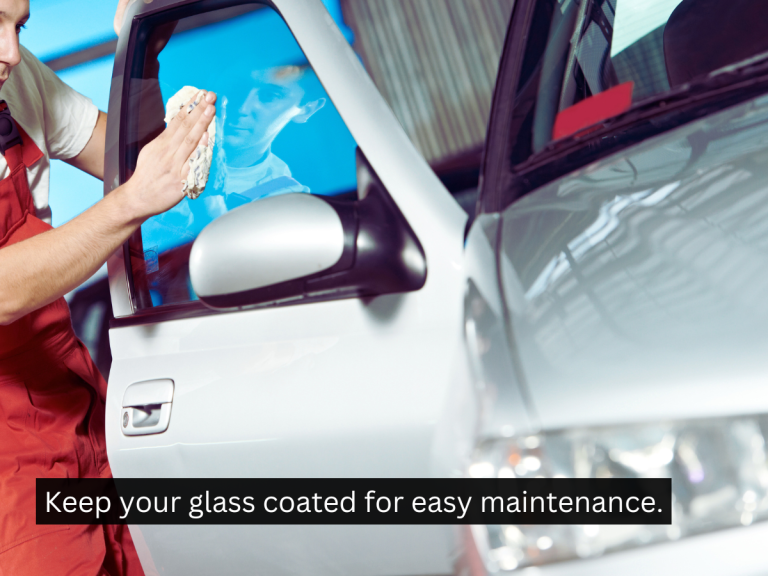How to Handle Self-Employment Taxes as a Car Detailer
Self-employment taxes are one of the more difficult parts of running your own detailing business. It’s something traditional jobs don’t prepare you for as it’s all handled behind-the-scenes on traditional W-2 payroll systems which pay into Social Security and Medicare automatically.
Unlike a W-2 employee, you’re responsible for tracking your earnings, paying into Social Security and Medicare, and staying ahead of deadlines.
Here’s how detailers can simplify the process and avoid headaches.
Why Self Employment Taxes Work Differently
If you’re self-employed, the IRS treats you as both the business owner and the employee. That means you pay income tax plus self employment taxes, which cover Social Security and Medicare (currently 15.3%). On top of that, you may owe state or local business taxes depending on where you operate.
Failing to plan ahead can leave you with a huge bill in April — and penalties for not paying on time.
Step 1: Track Income and Expenses
Good records are the foundation of smooth tax filing. Every detail counts:
- Income – Track all payments from customers, whether cash, card, or app.
- Expenses – Save receipts for detailing supplies, chemicals, microfiber towels, polishers, vacuums, and even marketing.
- Vehicle use – Keep a mileage log for business trips or deduct the percentage of fuel and maintenance used for work.
Pro Tip: Store receipts digitally by taking a picture of them with your phone and adding it to Google Drive or Dropbox to stay organized year-round.
Step 2: Use Tools That Simplify Self Employment Taxes
Trying to juggle numbers manually is stressful. Fortunately, several apps automate the process:
- QuickBooks Self-Employed – Tracks income, mileage, and expenses, and estimates quarterly taxes.
- Wave Accounting – Free option for invoicing and expense management.
- MileIQ – Automatically logs mileage for deductions.
- TurboTax Self-Employed – Makes filing your end-of-year return easier.
These tools give you visibility into how much you owe for self employment taxes each quarter so you can set money aside.
Step 3: Know the Tax Deadlines
Unlike employees who settle up once a year, self-employed detailers must pay quarterly estimated taxes. These include your income tax and self employment taxes combined.
Due dates for quarterly payments:
- April 15 – Covers Jan 1 to Mar 31
- June 15 – Covers Apr 1 to May 31
- Sept 15 – Covers Jun 1 to Aug 31
- Jan 15 (next year) – Covers Sep 1 to Dec 31
Missing these dates can trigger penalties, so set calendar reminders.
Make your tax payments here.
Step 4: Maximize Deductions
One way to lower your self employment taxes is by claiming deductions. As a car detailer, you may qualify for:
- Detailing supplies
- Soaps, ceramic coatings, other chemicals.
- Equipment purchases (pressure washers, polishers
- Vacuums
- Business insurance.
- Marketing and advertising costs.
- Mobile phone and internet (business portion).
- Training or certification classes.
Every deduction reduces your taxable income, meaning you’ll pay less overall. Save ALL receipts and scan them into Google Drive to keep things tidy. The IRS will require them for the charges to count as deductions.
Step 5: Get Expert Advice
Even with good tools, having a CPA or tax professional review your setup can save money. They’ll help ensure your quarterly payments are accurate, maximize deductions, and may even suggest forming an LLC or S-Corp as your business grows to reduce your tax burden.
Final Thoughts
Handling self employment taxes as a detailer may seem overwhelming, but it’s all about staying organized and planning ahead. Remember these 4 concepts and after a few times, these will come second nature to you.
- Track your income and expenses
- Use reliable accounting tools
- Pay quarterly
- Don’t leave deductions on the table.







